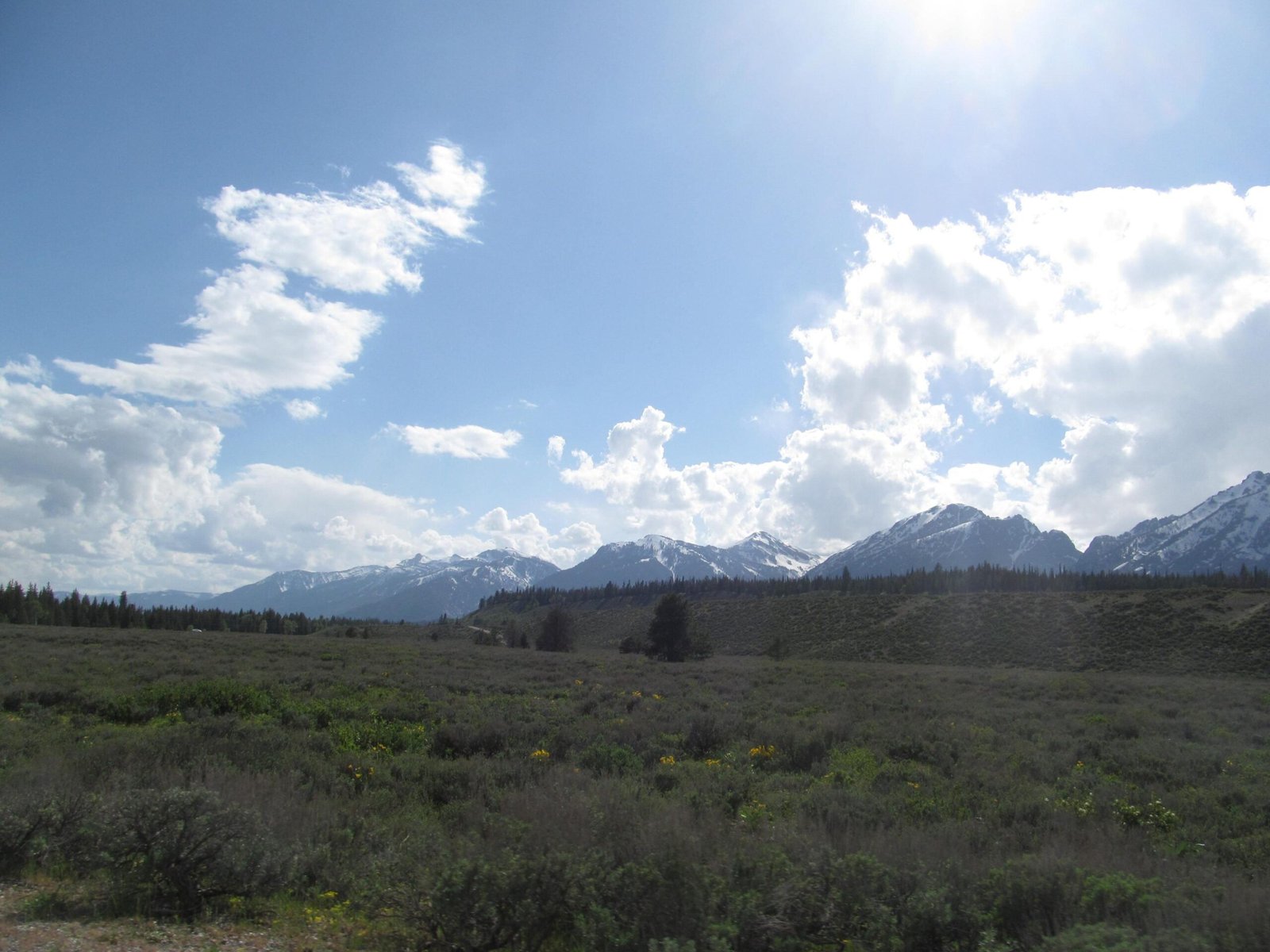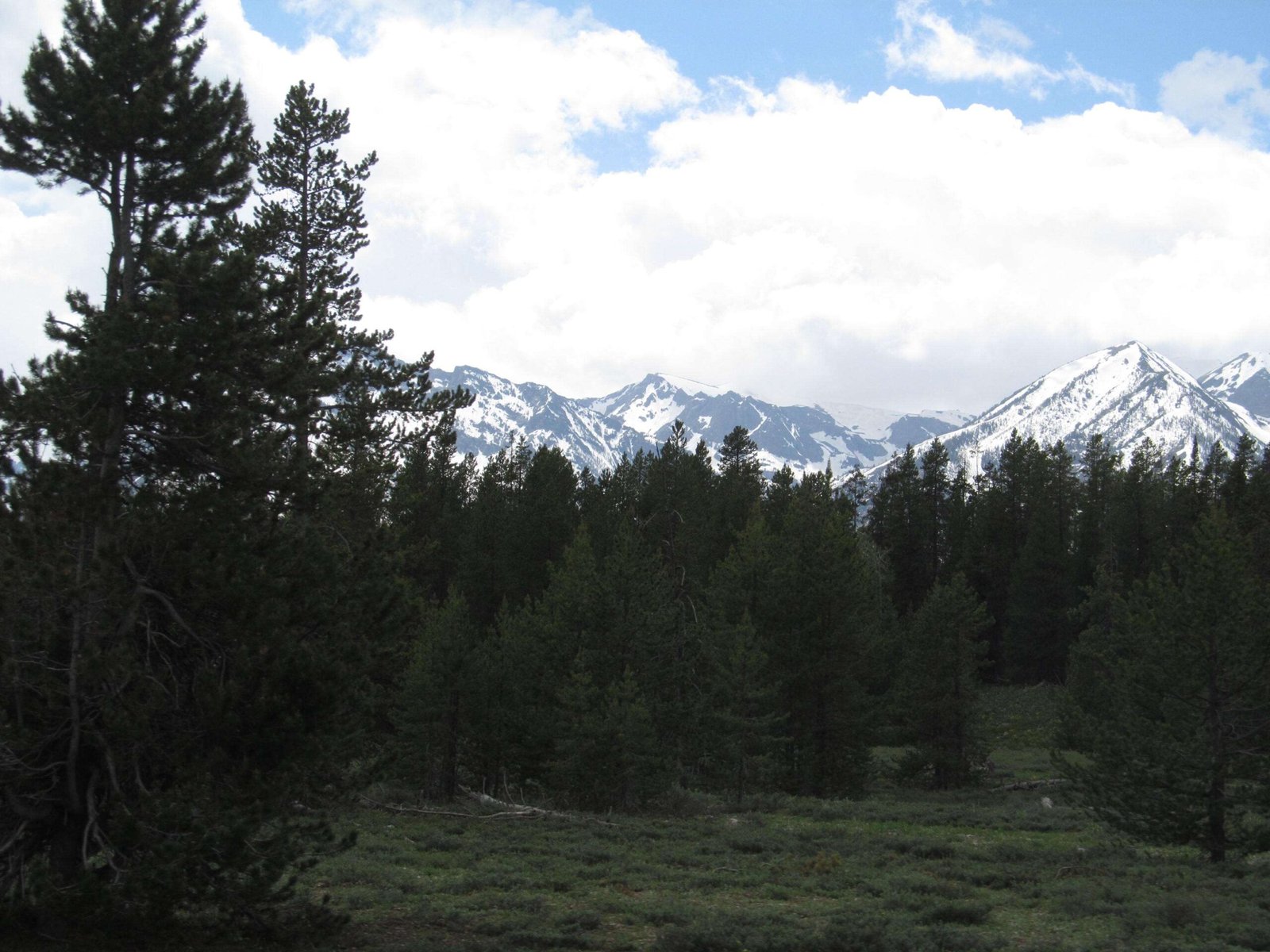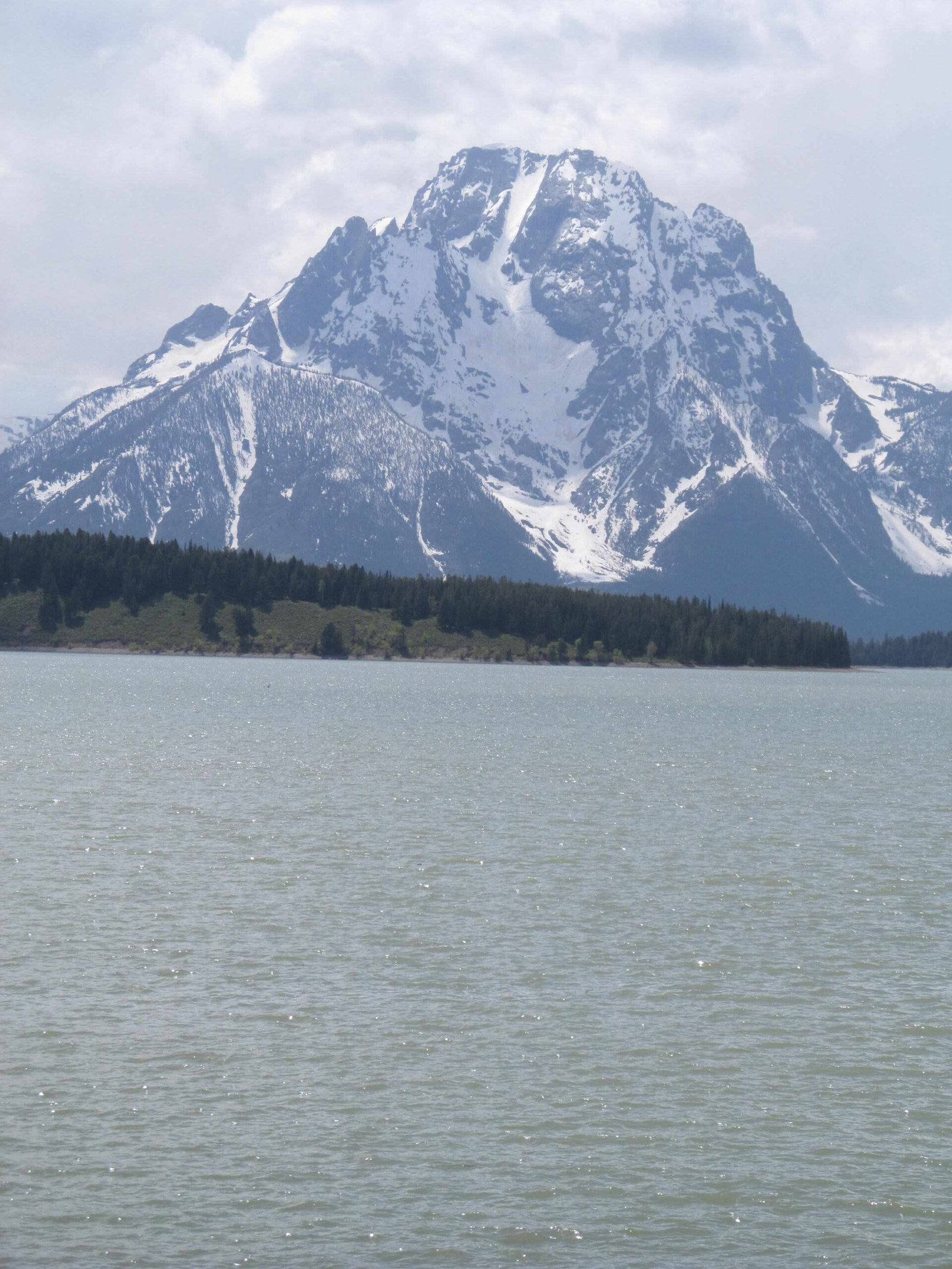Grand Teton National Park transforms into a vibrant botanical wonderland during its brief yet spectacular wildflower season. Spanning from May through September, this high-altitude ecosystem offers a stunning array of native flowers that bloom across diverse landscapes, from sagebrush valleys to alpine meadows. With only 60 frost-free days, each blossom becomes a testament to nature’s resilience and beauty, creating a breathtaking display that attracts botanists, photographers, and nature enthusiasts from around the world.
What Makes Grand Teton’s Wildflower Season Unique?

Grand Teton National Park’s wildflower season is characterized by its short but intense blooming period, driven by the park’s challenging alpine environment. The unique combination of elevation, temperature, and moisture creates perfect conditions for a diverse range of native plant species.
Factors Influencing Wildflower Blooms
| Factor | Impact on Wildflowers |
|---|---|
| Elevation | Determines bloom timing and species diversity |
| Temperature | Triggers flowering mechanisms |
| Moisture Levels | Supports plant growth and survival |
| Sunlight Exposure | Influences photosynthesis and flowering |
When Do Wildflowers Bloom in Grand Teton?

Early Season Blooms (May to Early June)
During this period, visitors can expect to see:
– Skyrocket gilia
– Larkspur
– Indian paintbrush
– Early sagebrush valley flowers
Peak Wildflower Season (Late June to August)
The most spectacular flowering period includes:
– Fireweed
– Columbine
– Monkshood
– Alpine forget-me-not
– Sticky geranium
– Lupine
Where Can Visitors Find the Best Wildflower Displays?
Top Wildflower Trails
- Taggart Lake Trail
- Moderate difficulty
- 3.5 miles round trip
-
Features: Lupine, Indian paintbrush, columbine
-
Death Canyon Trail
- Strenuous difficulty
- 4 miles round trip
-
Features: Monkshood, cow parsnip, rocky mountain columbine
-
Granite Canyon Trail
- Moderate to strenuous
- 4 miles round trip
- Features: Fireweed, balsamroot
How to Photograph Wildflowers Responsibly?
Photography Best Practices
- Use macro lens for detailed shots
- Shoot during early morning or late afternoon
- Stay on designated trails
- Avoid disturbing plant habitats
- Use polarizing filters to enhance colors
Conservation Considerations
Climate change is significantly impacting wildflower blooms in Grand Teton:
– Some species now bloom up to 36 days earlier than in the 1970s
– Altered bloom times can disrupt wildlife food chains
– Increased importance of preserving delicate alpine ecosystems
Native Wildflower Spotlight
Rare and Endemic Species
- Calypso Orchid: Extremely rare, found in forest areas
- Alpine Forget-me-not: Tiny blue flowers in high-elevation zones
- Moss Campion: Compact ground-covering alpine flower
Visitor Tips for Wildflower Exploration
- Bring binoculars and field guides
- Wear comfortable hiking shoes
- Carry water and sun protection
- Practice “Leave No Trace” principles
- Check park visitor center for current bloom conditions
References:
– National Park Service – Grand Teton Wildflowers
– Climate Change Impact on Wildflowers
– Teton Wildflower Guide – Buckrail

